Mat Hennek – Silent Cities
published by Steidl, 2020
review by W. Scott Olsen
I shouldn’t be surprised.
Great photography, like great literature or dance or music or art of any sort, is more idea than anything else. Technique without vision is sterile and cold. A good idea shapes the content and provides an initial way of understanding. A good idea is the aesthetic bridge between photographer and audience. Of course, it’s not this simple—the photographer may have one idea and the audience may discover a thousand others latent in the work as well—but that’s why we go back to Cartier-Bresson, Adams, Leibovitz, Avedon and Arbus.
This is not a new idea. It merits repeating, though, because the idea is the hardest part of our work. What is the story here? Why am I trying to discover or say? This is the first, the last, the ever-present question of art.

I am thinking about this today because I have on my desk a new photobook by Mat Hennek titled Silent Cities. This is a captivating, mesmerizing book, made especially poignant given the quarantines caused by Covid-19. The images are urban landscapes with a significant twist. There are no people. There should be lots of people, hundreds of people if not more in the places Hennek photographs. But they are not there. And it’s important to note that this is not architectural photography, though Hennek is no stranger to the beauty of lines made by shaped concrete and steel. The idea is not to celebrate the rises and corners of some brutalist or ornate building. Instead, this is a way to evoke the missing. The idea of the missing is in every shot. Looking at the images, I have a feeling of falling into them. The idea is as old as Aristotle. Nature abhors a vacuum. The idea still has force today.
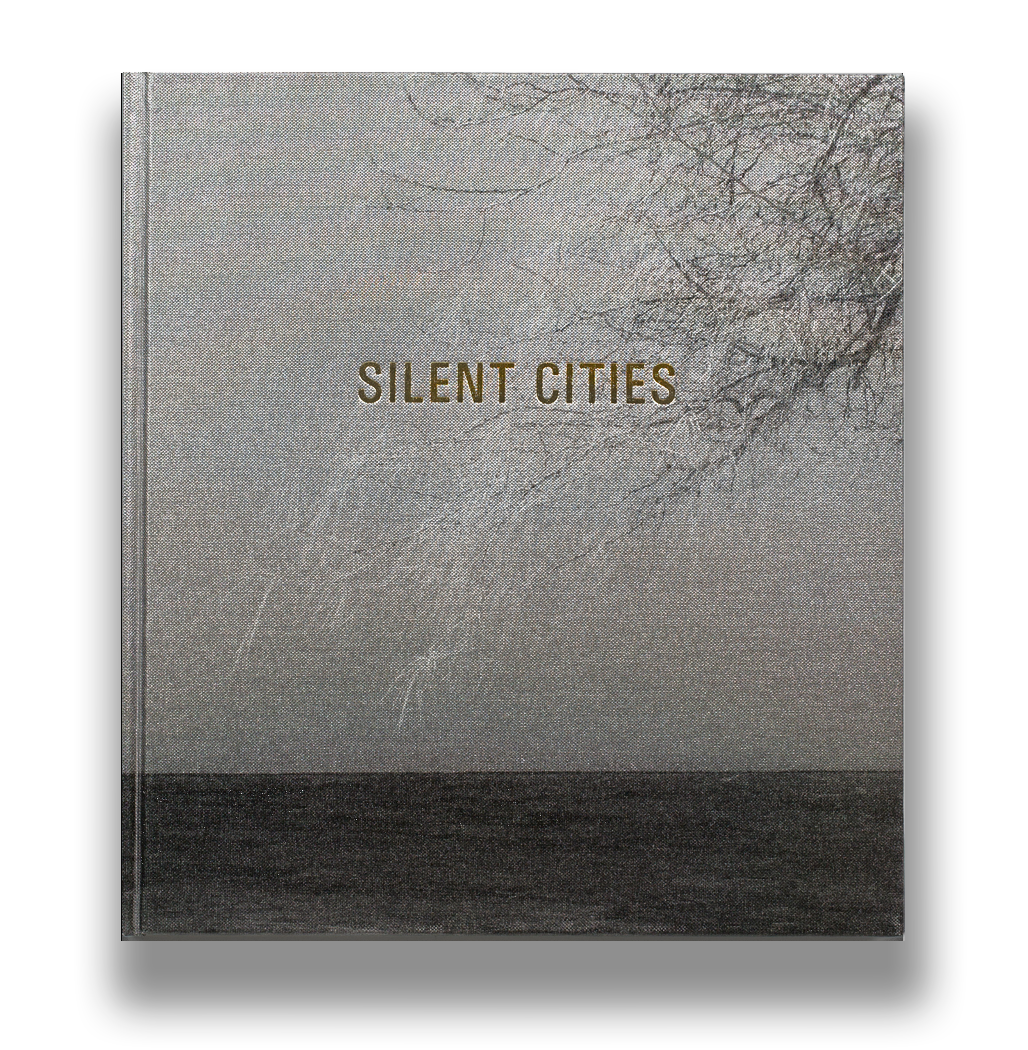
Each image, one to a page, has a simple title that only gives the name of the city and the year the image was taken. There is no preface, no afterword, no explanatory text at all. Some of the images are old-school film-style color-saturated while others are digital realistic. There is no way to tell Hennek’s process, and for this I am grateful. Each image stands on its own.
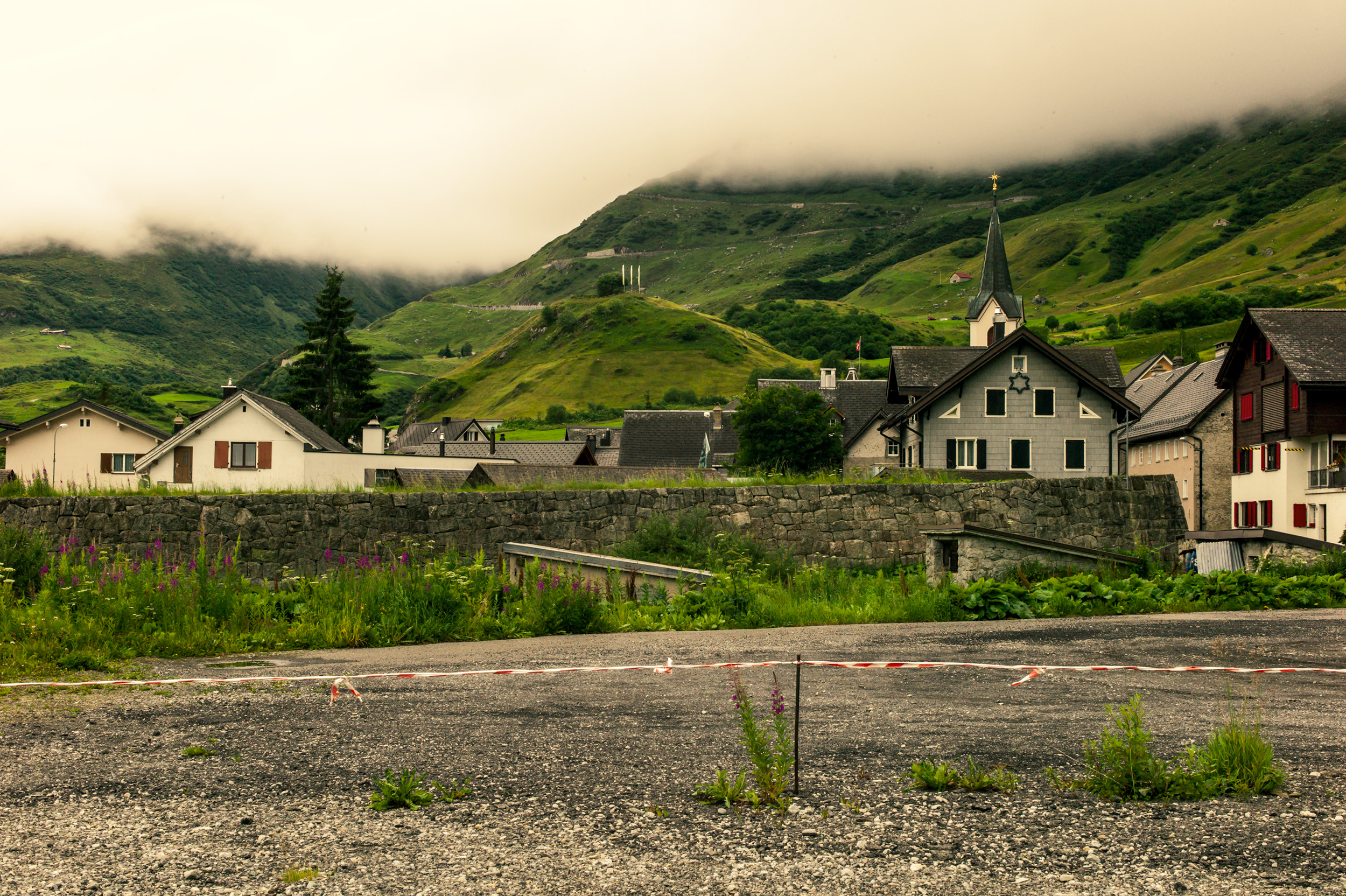
Hennek did not set out to makes images for a people-less book. Silent Cities is not a child of Covid-19. The dates of the images range from 2012 to 2017, well before the pandemic. And the book is not completely people-less. There are people in an image from some large building in Osaka, though clearly there should be many more. There is a little girl riding a bicycle in an image from Tokyo. And there is a painting of two children playing under a tree in another image from Osaka—the image made more forceful by bringing into relief what is not there.
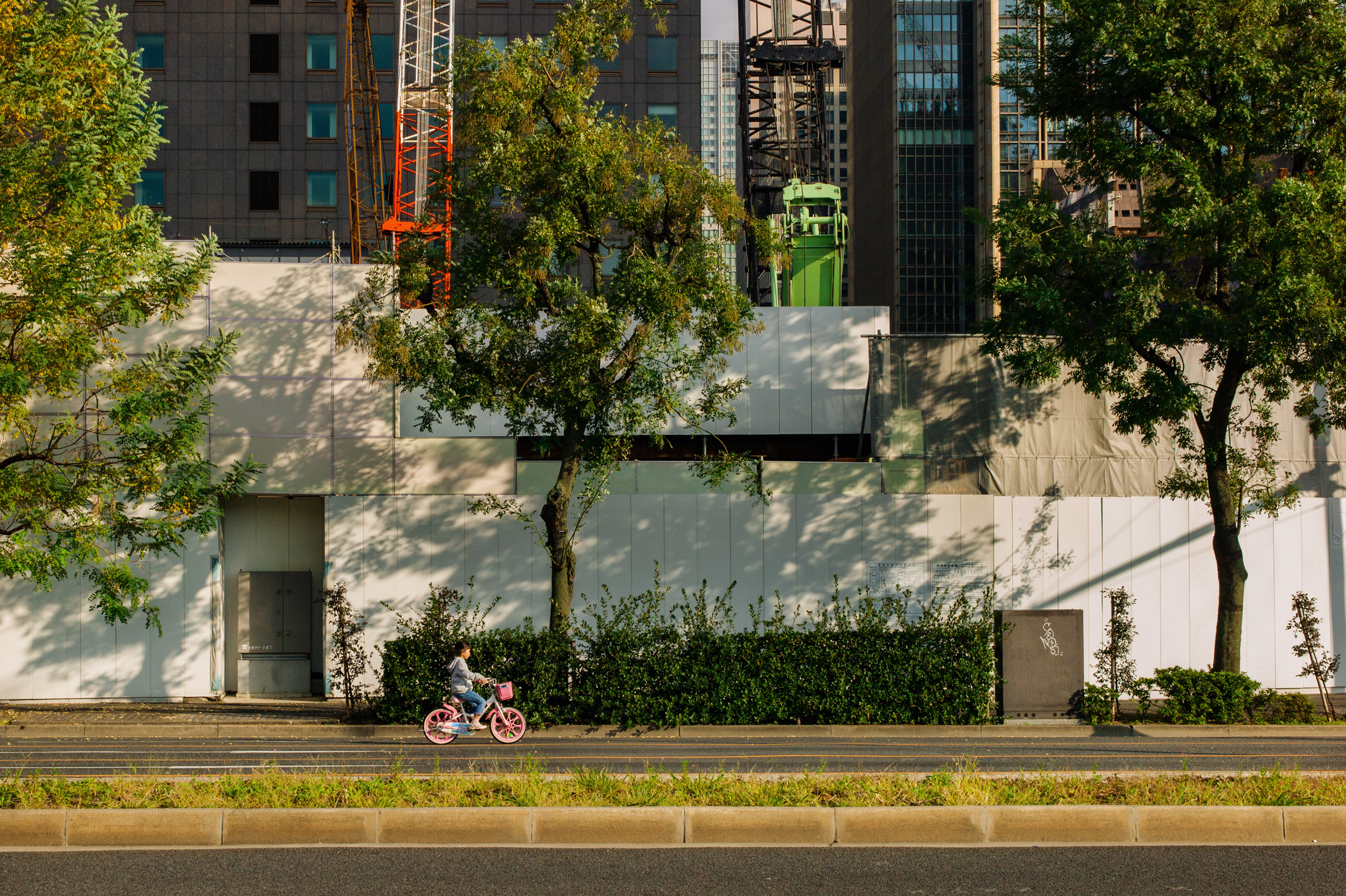
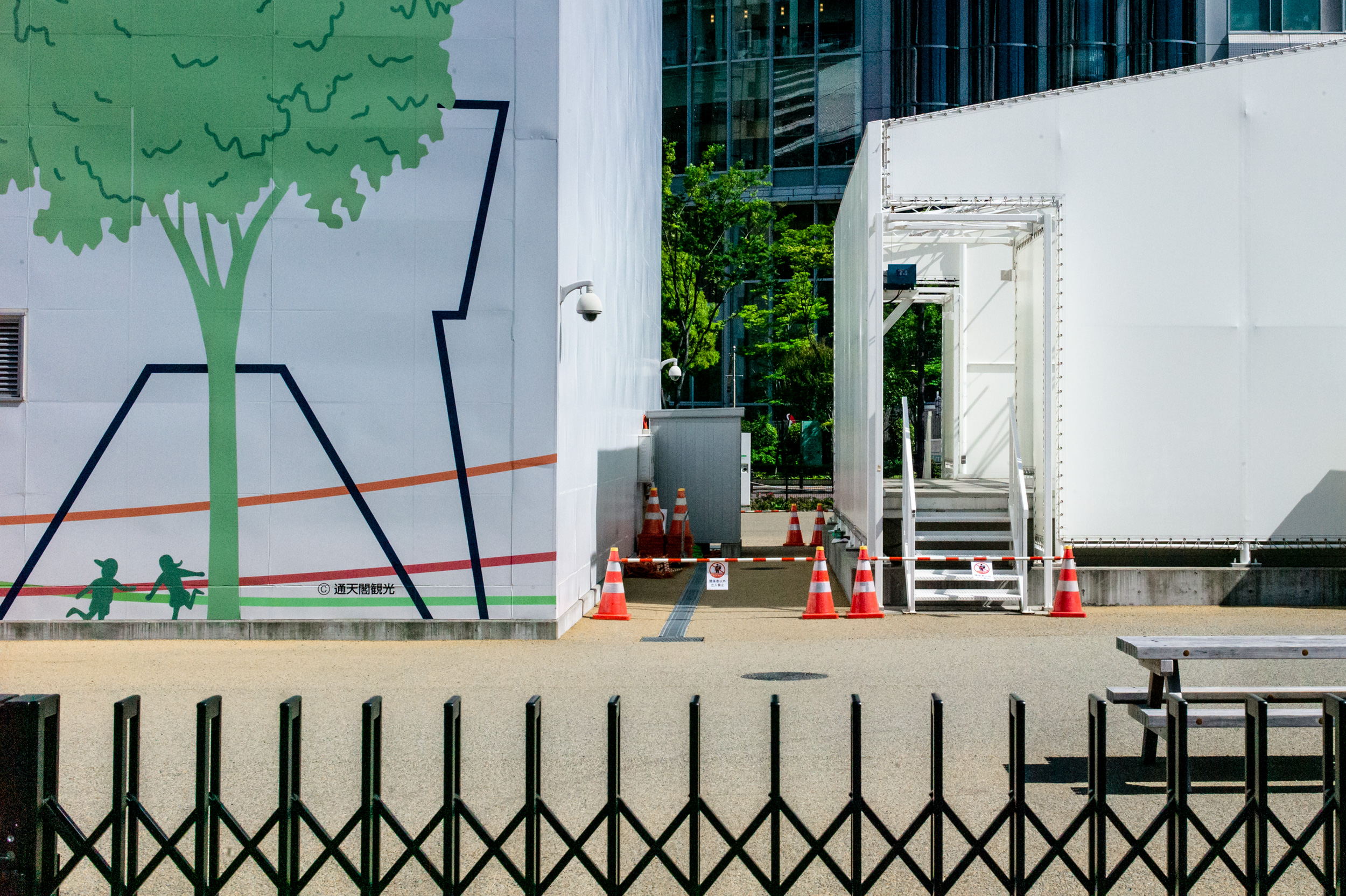
What is the message of a silent city? A bit of an aside: When I was very young my family subscribed to a children’s magazine called Highlights. It’s still around. In every issue there was a pen and ink drawing of some scene—yard or garden or street—and in that image readers were supposed to find shapes: a toaster in tree bark, a hammer in sidewalk cracks, a saw, and so on. It was fun to search them out. However, if I remember correctly, in every scene there was at least one image that was defined by negative space. In other words, there was no drawing of a saw. The saw shape was defined (for example) by where the shapes of the tree leaves were not. Finding the image in negative space was always the most difficult and, therefore, the most rewarding and fun.
I cannot say there are people in negative space in this book, but the feeling is nearly the same. Instead of fun, though, the feeling is nostalgic and oftentimes sad. There should be people here and here and here. The spaces we do see were made for people and their absence redefines the spaces by their emptiness.
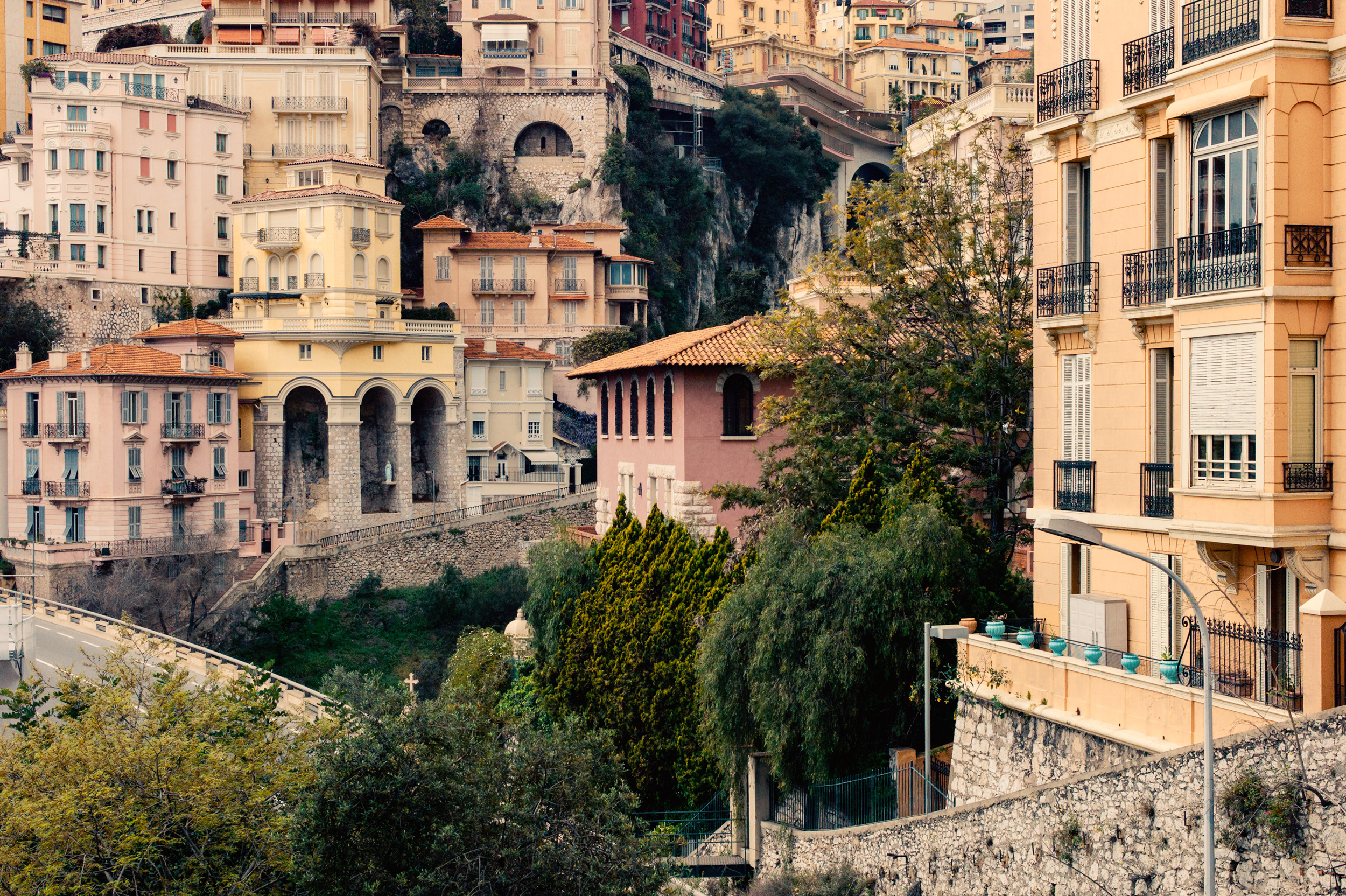
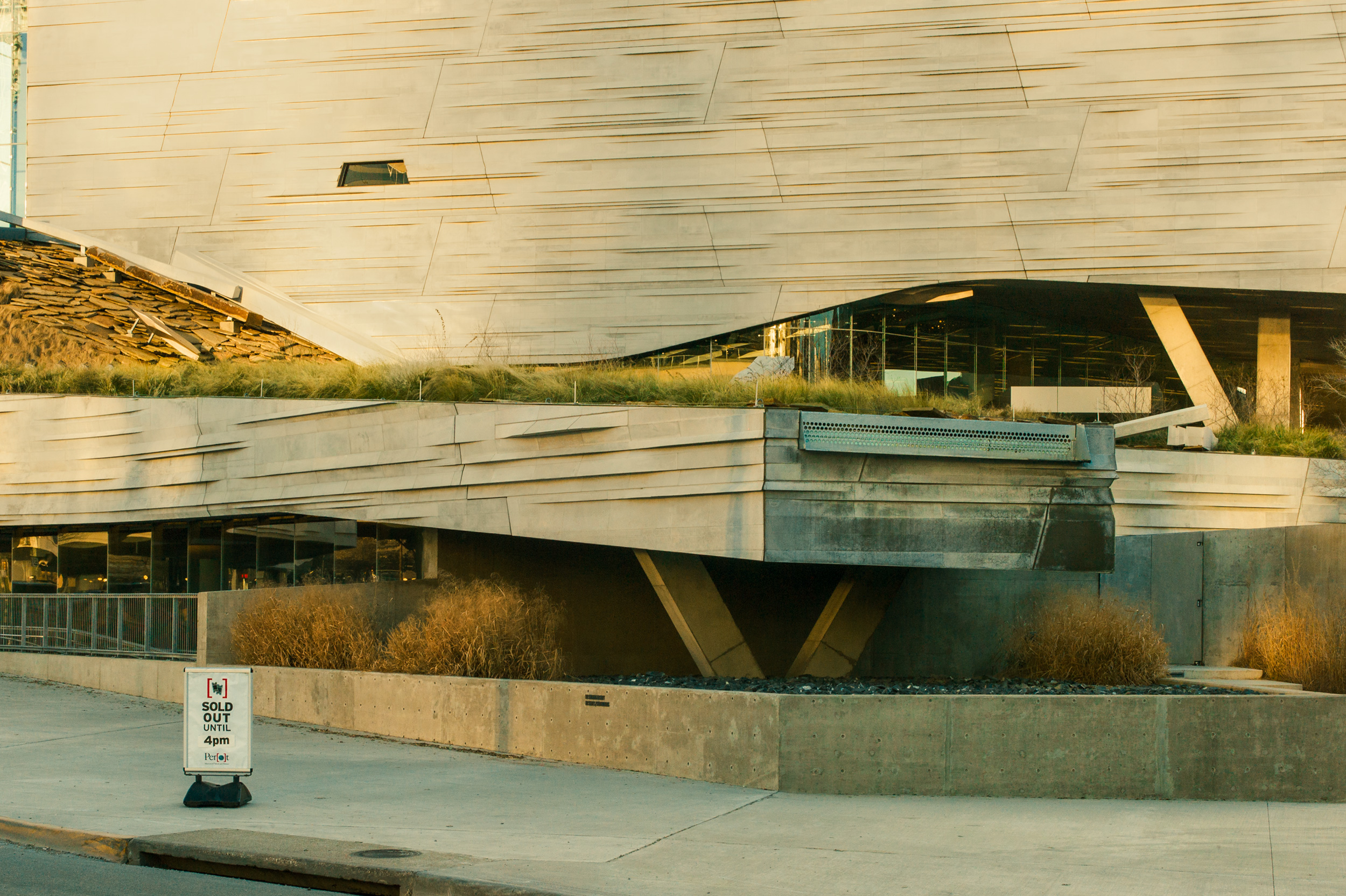
I say I shouldn’t be surprised, but happily I am. Yes, the images are well-done. Hennek has a long and successful resume. But there is so much more. In his on-line biography statement, Hennek says that after a 15-year career taking portraits for the entertainment and music world, he “switched the focus of his work to art photography, dedicating his artistic vision to natural landscapes, following a spiritual path of silence and beauty.” The silence in this book is arresting and profound.
Silent Cities is a book to linger over. There is what is there. And there is what is not. Perhaps a bit like Schrödinger’s cat, the images hold both in the air.
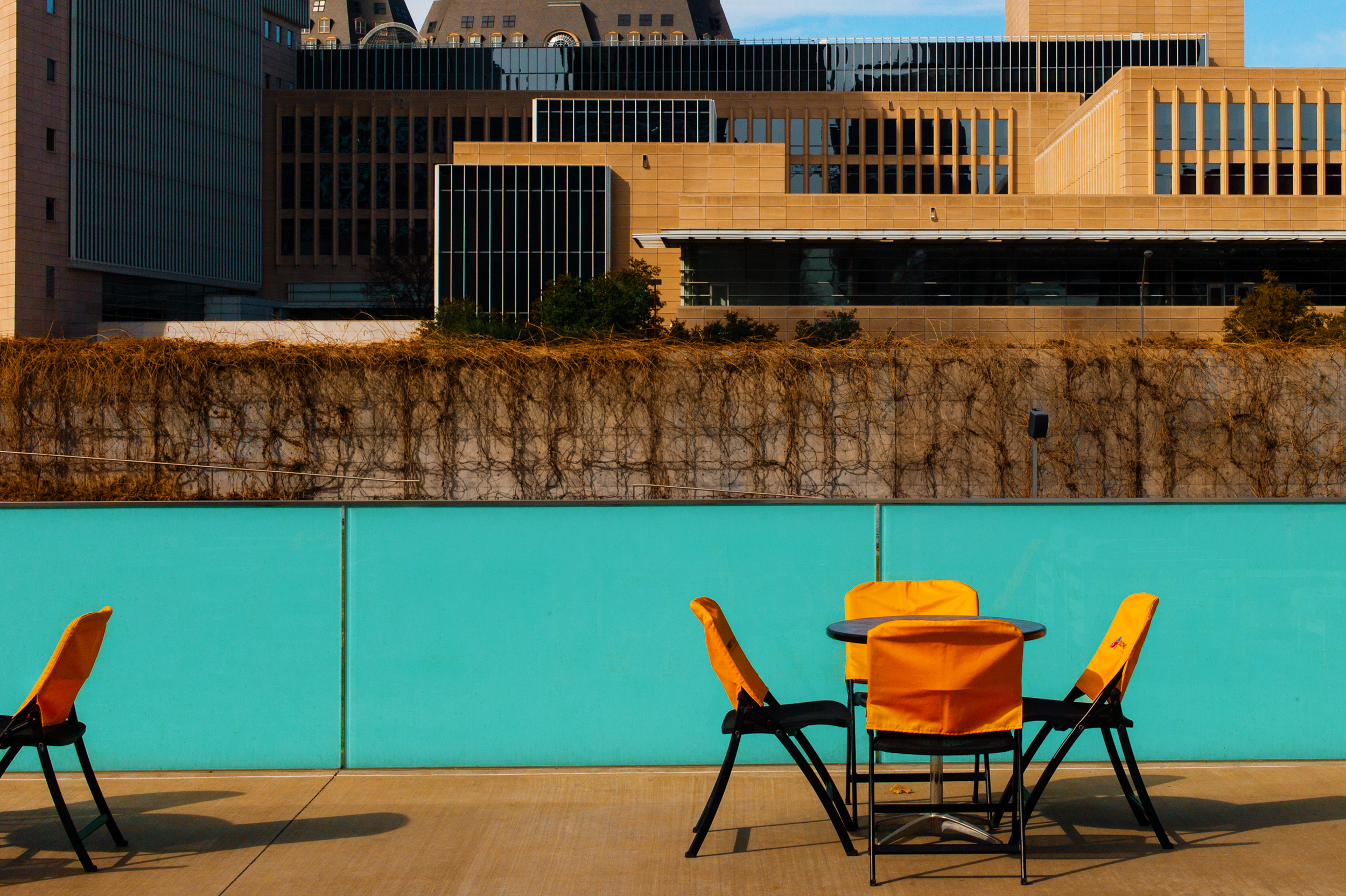
A note from FRAMES: if you have a forthcoming or recently published book of photography, please let us know.



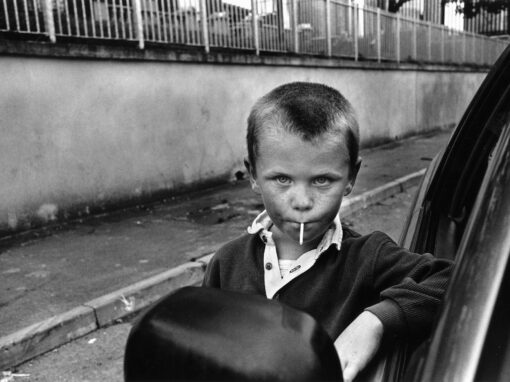
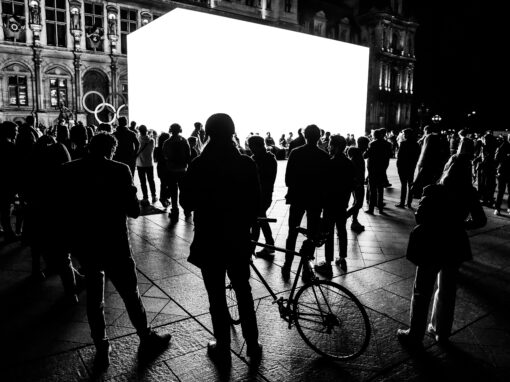
Brian Grogan
June 8, 2020 at 00:51
Beautiful photos !!!!!
Paul Lewis
June 29, 2020 at 20:36
Thanks for this very interesting post. Book reviews are very useful. This one in particular. I have just discovered a photographer that produces important work, and that I will be following in the future.